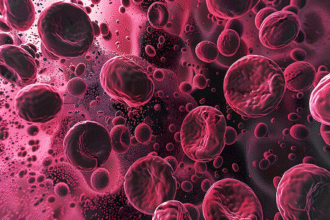First Aid for Cat Bites
Cat bites can lead to infections and, in rare cases, rabies. Immediate and proper first aid is crucial to minimize complications.
Risks of Cat Bites
Common Complications:
- Local redness, swelling, and pain
- Lymphangitis (inflammation of lymphatic vessels)
- Lymphadenitis (swollen lymph nodes)
- Cellulitis (skin infection)
Rabies Risk:
- In rabies-endemic areas, cat bites should be treated similarly to dog bites to prevent rabies.
Immediate First Aid Steps
- Control Bleeding:
-
If the bite is on a limb, apply a tourniquet above the wound to control excessive bleeding.
-
Clean the Wound:
- Rinse the wound thoroughly with clean water, salt water, or a 1:2000 potassium permanganate solution.
-
Avoid using harsh scrubbing motions to prevent further tissue damage.
-
Disinfect the Wound:
-
Cauterize the wound locally with iodine or 5% carbolic acid.
-
Seek Medical Attention:
- Severe injuries should be treated at a hospital immediately.
- Inform the healthcare provider if the cat is suspected to be rabid.
Special Considerations
- Wounds on Other Body Parts:
-
Treat wounds on other parts of the body the same way as limb wounds.
-
Rabies-Endemic Areas:
- Always consult a healthcare provider for post-exposure prophylaxis (PEP) if rabies is a concern.
This guide is for educational purposes and does not replace professional medical advice. Always consult a healthcare provider for diagnosis and treatment.







